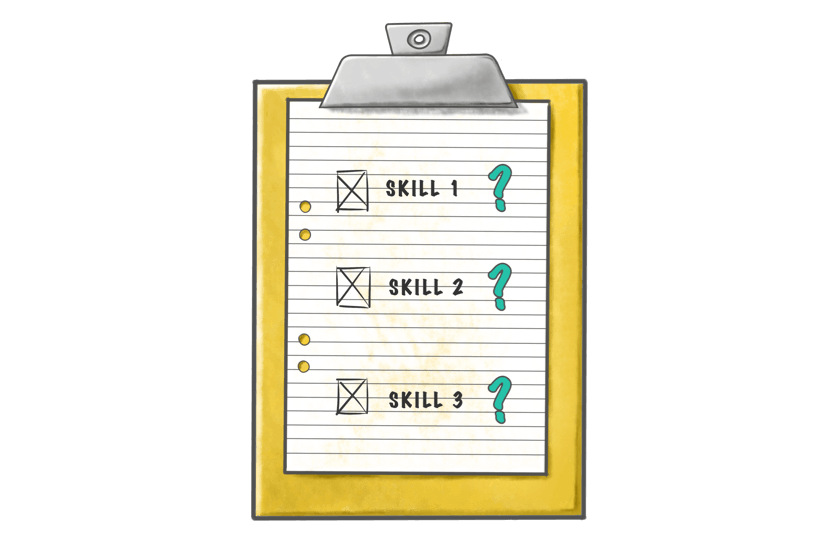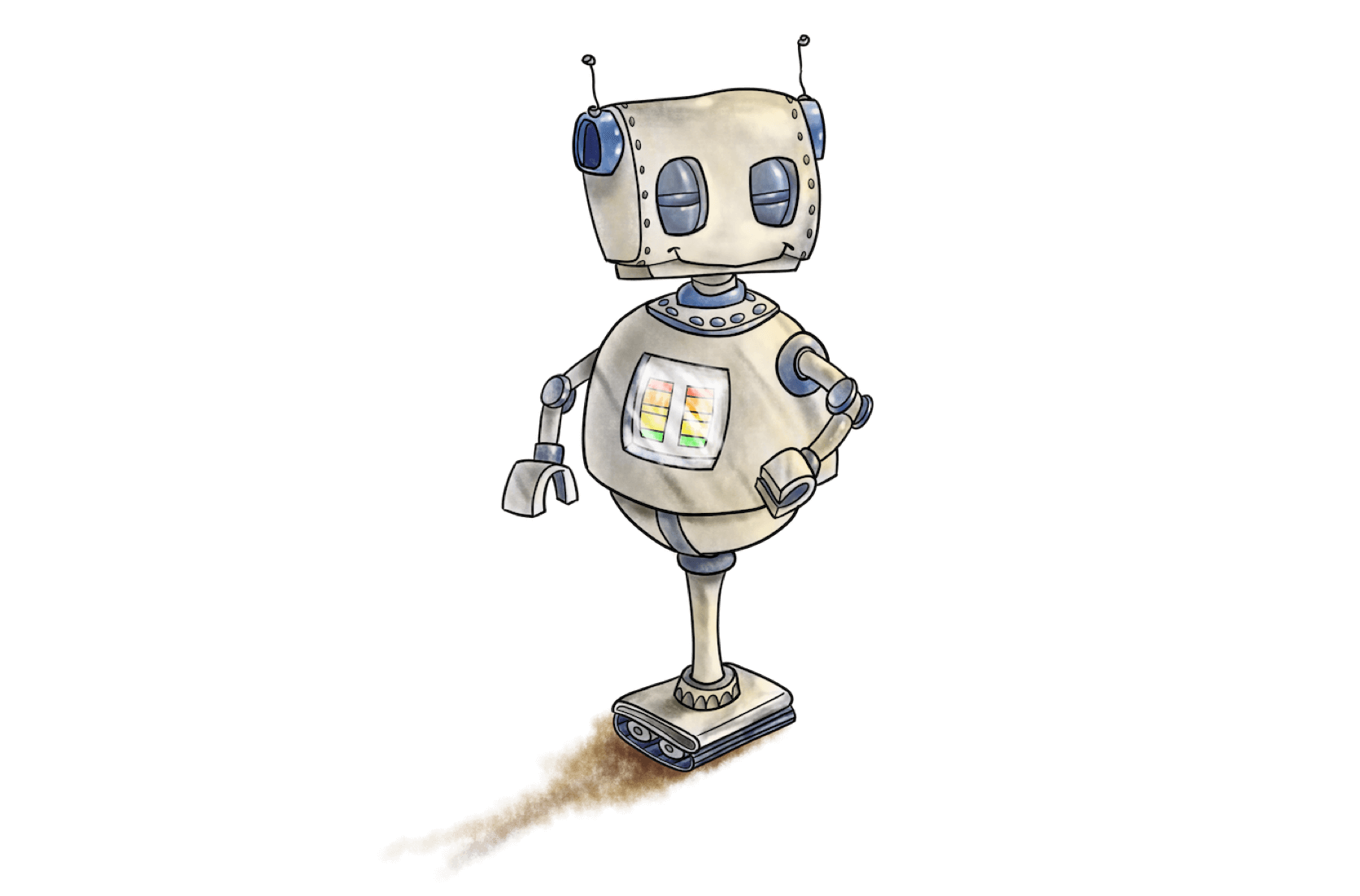
Anyone who’s been in the workplace for more than a decade can likely recall that for the longest time it seemed the last innovation in workplace learning (aka ‘training’) was the release of PowerPoint – not to mention when Mentos started to be sold individually wrapped!
And everyone knew what no one wanted to say: training at work was a sunk cost, usually boring and largely ineffective. Sometimes you might attend training that got your team momentarily excited, but real behaviour change took for-ev-er, and often never at all. Training was not learning. It was a hoop we all jumped through because…our managers said we had to? Don’t know.
The world outside whizzed by with innovation, and we were stuck in board rooms enduring Death By PowerPoint.
Innovation, finally.
But finally — Ding! [new notification] — the promised land has arrived: the workplace learning revolution is on, with the advent of buzzy things like ‘micro-learning’ and ‘gamification’ – delivering just-in-time, bite-sized learning to workers (even remote workers) when they need it, wherever they are, right in the palm of their hand. Wow!
And in the COVID era, these innovations are suddenly not just nice, but totally necessary.
But what took so long? Did learning science stand still for a few decades? Or maybe corporate Learning & Development fell asleep at the wheel?
The answer is No and No.
Why it took so long
Despite Learning & Development professionals being absolutely aware of the long-tail search that real human learning is, management wants results now!
So we accepted the limits of what corporate circumstance allowed us to affect, relegating our approach to a one-and-done, spray-and-pray strategy — doubling down on spectacle, making our face-to-face facilitated session as ABSOLUTELY EXCITING AND ENTERTAINING as possible!
And then, in the midst of the post-training high-fives, shaking hands with deep eye contact and an earnest plea for our participants to follow up with the comprehensive learning module in the company LMS.
“Truly – it’s excellent! We used every bell and whistle the LMS has in its inventory to make the 462 clicks necessary for completion as varied and interesting as absolutely possible! You’ll look at it, right? Please?”
And the truth is that even if management were receptive to our passion for the repetitive ingredients needed to truly change behaviours, the simple fact is that it was never going to be fiscally practical — or effective — to pull everyone out of their cubicles once a week into another one of our charismatic pump-up “training” just to reinforce the same message.
The repetition revolution
We’ve known for a long time that a complete training message really needs to be multifaceted to meet our human learning needs — exciting at times, quiet and reflective at others, with our leaders involved at every phase. But most importantly, training needs to be repetitive.
And repetition is what the current workplace learning revolution is really about. We’ve finally found a way, using mobile internet technology, to apply what Hermann Ebbinghaus discovered in 1885 — people forget! As soon as something is learnt the brain sets to the work of forgetting it. But what Hermann proved with his experiments is that forgetting can be absolutely smote if we take the time to repeat information at spaced intervals.
So while it’s been bundled up in a package of fun we call ‘gamification’ and delivered in small doses called ‘micro-learning’, at the end of the day we can credit that dynamic duo for simply being the means to effect Ebbinghaus’ end: spaced repetition of learnt information — the long lost ingredient to workplace learning that’s changing everything.













































































































